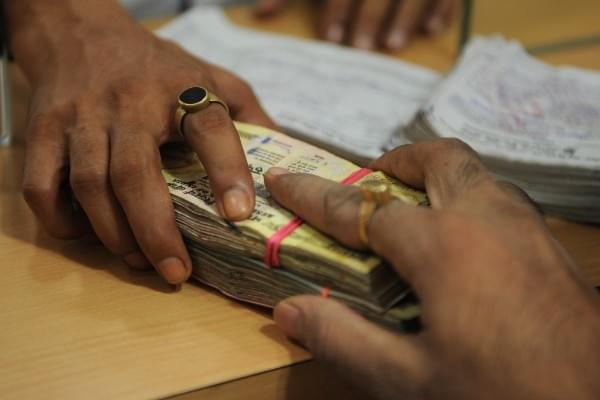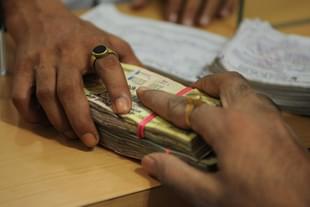Insta
Percentage Of Cash Savings Up After One Year Of Demonetisation: RBI Report
Swarajya Staff
Aug 30, 2018, 04:46 PM | Updated 04:46 PM IST
Save & read from anywhere!
Bookmark stories for easy access on any device or the Swarajya app.


Data from the Reserve Bank Of India (RBI) shows that a year after demonetisation, the percentage of savings in cash has increased to 2.8 per cent of gross national disposable income (GNDI), Indian Express has reported. GNDI is the income available to the nation for final consumption and gross saving. The data was published in its annual report that was released yesterday (29 August).
“As per the Bank’s preliminary estimates, net financial assets of the household sector increased to 7.1 per cent of GNDI in 2017-18 on account of an increase in household assets in the form of currency, despite an increase in household liabilities,” the report said.
As per the report, the currency in public is more than pre-demonetisation levels. Currency with the public stood at Rs 17.01 lakh crore as on October 28, 2016, but it has increased to Rs 18.46 lakh crore as of August 3, 2018.
The report said, “ The value of banknotes in circulation increased by 37.7 per cent over the year to `18,037 billion as at end-March 2018. The volume of banknotes, however, increased by 2.1 per cent. In value terms, the share of `500 and `2000 banknotes, which had together accounted for 72.7 per cent of the total value of banknotes in circulation at end-March 2017, increased to 80.2 per cent as at end-March 2018.”
These statistics show that we are not moving towards a less cash economy, but returning towards pre-demonetisation scenario.
Also Read: Double Failure: Has Government Given Up On Moves Towards A Less-Cash Economy?





